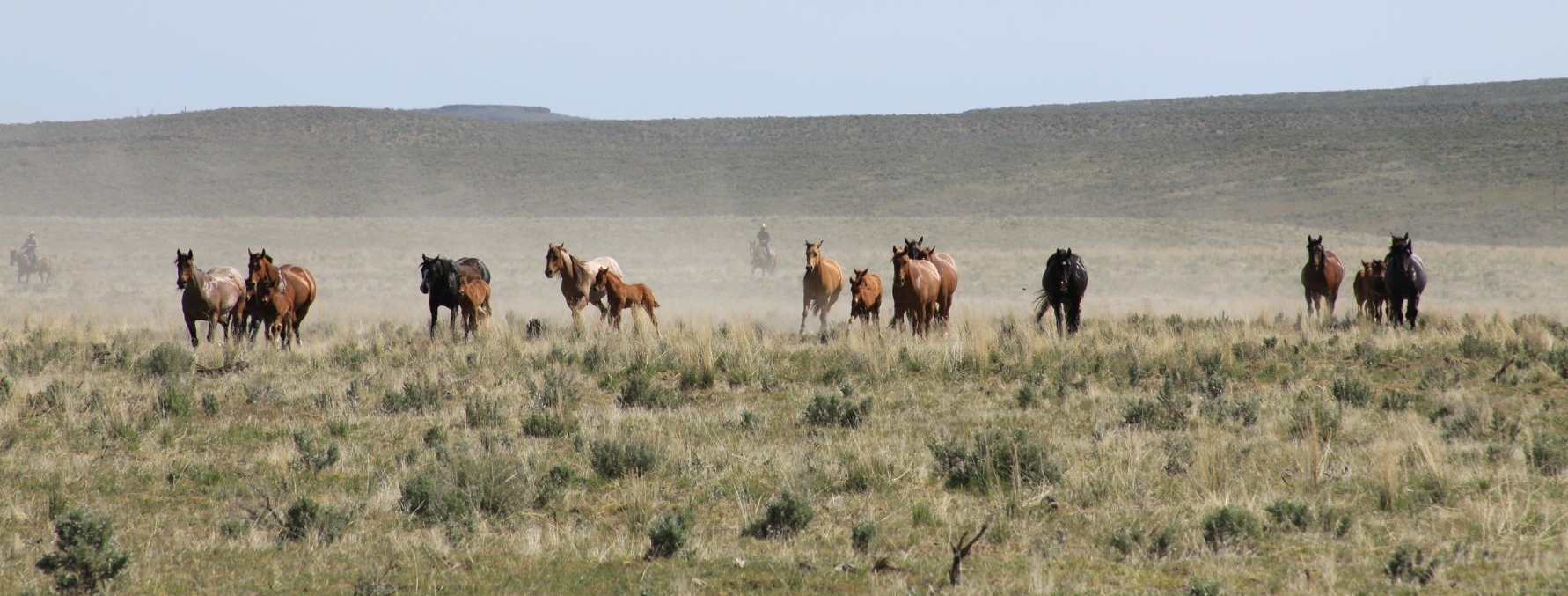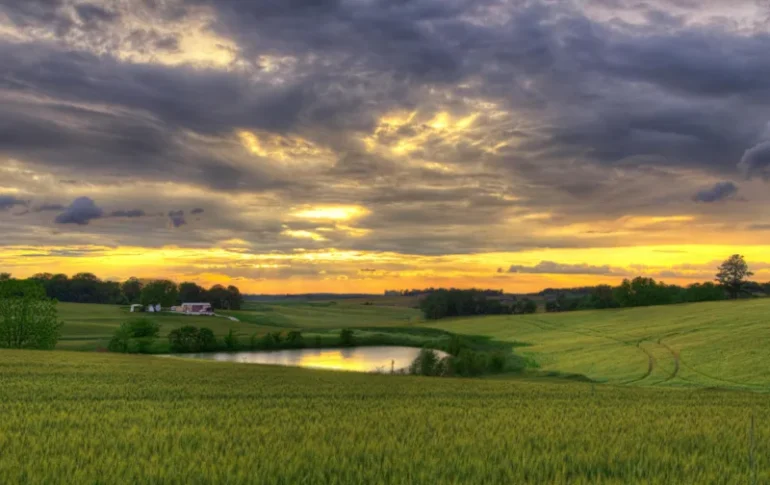What is a “Ranch”?
By Ken Bentz
The term “ranch” has evolved over the years in the West as a whole, but it also has different meanings regionally. A ranch in Colorado is often a much different property than one in Eastern Oregon. The definition also changes the closer one gets to an urban area. The transformation of this word, as is often the case, has happened through the years as it has been used to market different properties, which can range from subdivisions to large tracts of vacant land. The actual questions that a buyer must answer are:
- What do I want this property for?
- Do I want a large homesite?
- Recreation?
- Privacy?
- Agricultural production?
The intended use will determine the type of ranch that is right for the buyer. Given the current market, there are a limited number of areas in the West where the traditional family ranch continues to exist.
In much of the West, land values long ago moved past defining economic viability in terms of agricultural use alone. Some of these lands continue in production, but their value for other uses far exceeds what can be attained in an agriculture-related endeavor. Property valuation in the Montana, Idaho, and Colorado markets has moved from a focus on industry to a focus on lifestyle. This value is, in many ways, subjective and explicitly related to the properties’ intrinsic attributes and not to any economic measure attained through production. When the reason for ownership revolves around recreation or purely lifestyle, the term “family ranch” has an entirely different meaning. In this use, the ranch is used for a family home, a summer home, or a gathering spot for the family, and maybe a vacant part of the year.
The traditional ranch has a family or families that live on and operate it as an economic unit. The value of the property is measured in terms of what the land can produce year in and year out. The family can still enjoy the benefits of the ranch lifestyle, but that comes as a by-product of operating the business full-time. The value of a cattle ranch is measured using the number and class of livestock that the ranch has the capacity to run. It is relatively simple to work back from an estimated rate of return to allow the buyer to calculate the amount of debt service they could handle and from there, figure the amount that should be paid for any given operation.
The value calculation for a lifestyle property is arrived at by the simple adage that it is worth what someone will pay. Comparing similar properties’ attributes and sale prices helps provide insight into the market and enables one to calculate what a specific property should be worth in today’s market. This number needs to be reasonably close to similarly priced properties so that as time goes on, the property will appreciate somewhat, allowing the owner to receive some return on the wealth stored in the land. There would be no or minimal consideration as to what the property could return from operations. There may be some economic activity that could help offset management and caretaking or provide horse and cattle-related recreational activities, but the property is essentially a beautiful home with a huge yard.
While much of the West has ranch properties with values that far outdistance their production capabilities, there remain areas where old-school ranching continues. The value of these properties is driven by what a cow or bale of hay is worth. The numbers are different than in years past, but the possibility of paying for a property through work and determination remains. East Oregon and Northern Nevada can, with a reliance on public grazing, offer ranches that make some economic sense. These properties can, in some cases, be purchased for $7,000 to $8,000 an animal unit. While the return remains meager, especially if one takes into account the risk from weather, regulation, and the market, many are committed enough to undertake the venture. (Some may say this is evidence that they should be committed.) These properties may range in size from a few thousand acres running 200 cows to more significant properties with 100,000 acres plus running a thousand cows or more. These ranches will consist of a deeded land base tied to a BLM or USFS grazing permit. The permit belongs to the ranch, and the grazing fees are minimal. No one else can use the permit for grazing, and the rancher knows how many animals and how long they will be out on the permit each year. Most of these properties are very rural but connected to the rest of the world by excellent roads. Access to cell service and the internet has made all of the West much closer than it once was.
With the term “ranch” so broadly defined, it is important as you start the ranch-buying process that you determine what it is you are looking for in a property in terms of location, cost, size, and features. Knowing what you want will help an agent narrow down which properties to show you and will ensure you end up with the ranch of your dreams.





